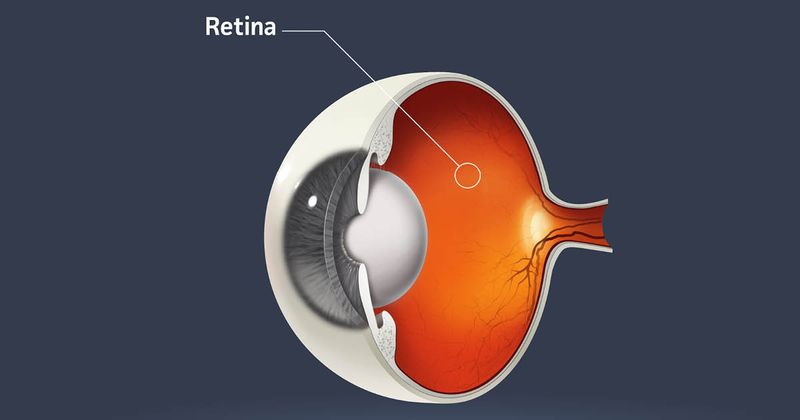Telemedicine, innovation, AI key to reducing imaging burden in diabetic retinopathy
Click Here to Manage Email Alerts
KOLOA, Hawaii — Telemedicine, imaging innovations and artificial intelligence could help address the burden of screening in diabetic retinal care, according to a speaker at Retina 2023.
Paolo S. Silva, MD, said despite well-established guidelines for diabetic retinopathy screening, barriers to care — including out-of-pocket costs, availability of eye care providers, and patient and provider awareness — remain.

“Among these, out-of-pocket costs have shown to be one of the most significant barriers,” he said.
Silva and colleagues conducted a study that provided no-cost retinal imaging as part of comprehensive diabetes care at a diabetes-specific care center. They were able to increase screening rates across all severity levels, which translated to better long-term patient outcomes.
While telemedicine has been limited due to high ungradable image rates in traditional imaging, Silva said the implementation of ultrawide field imaging has helped reduce these rates from 10% to 3% per patient. Ultimately, the new imaging modality resulted in a more than twofold increase in identification of diabetic retinopathy and referable diabetic retinopathy, Silva said.

“The future of retinal imaging needs to move away from tertiary medical care settings and go to where the patients are,” Silva said. “Diabetic retinopathy screening programs have the potential to be deployed in a wide geographic area and access a diverse patient population. This can be achieved using less expensive and improved ultra-portable imaging devices, as well as increasing patient participation in their imaging.”
With these advances come more images, which call for more evaluation. Artificial intelligence could help evaluate patients and reduce the caseload burden of reading centers, Silva said.
“Point-of-care DR evaluation at the time of imaging may bring an effective triage to those with minimal retinopathy to less urgent follow-up and those with referable disease to prompt follow-up care,” he said.

